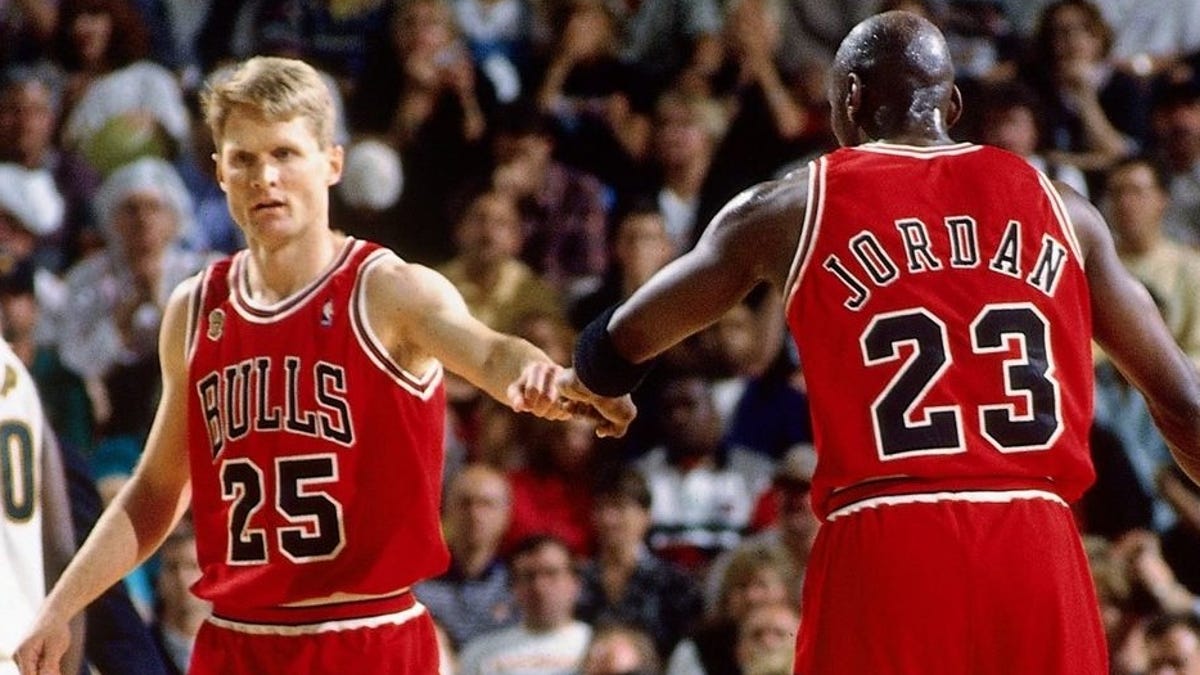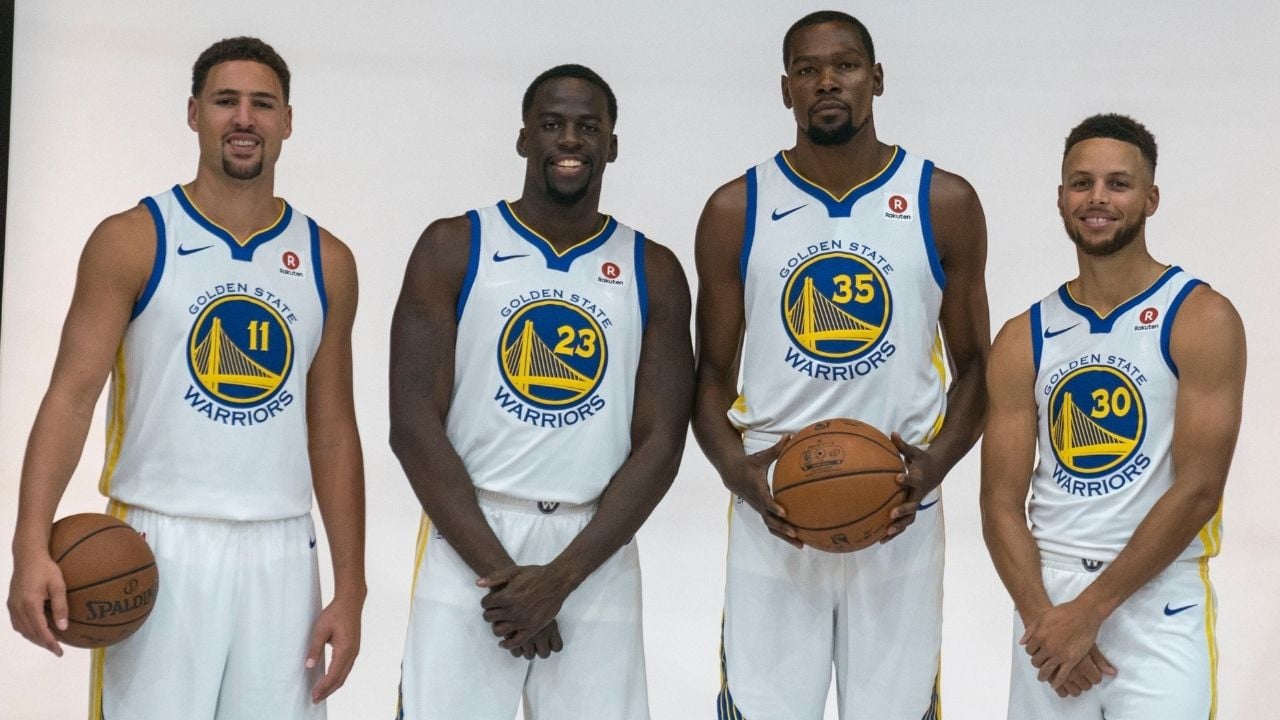Keith Buckley, captain of Bohemian F.C. has been described by the club’s supporters as a dying breed of captain. A captain that was seen as central to the team’s success. A hero. The unequivocal leader of the team.
Ironically, when this was put to Keith Buckley himself, he described his armband as “just a piece of cloth” and that he and all of his teammates are “captains in our own right”.
This clash of views was the main inspiration behind this article. Is the nature of leadership changing? Has it come to the day where the captain of a team is no longer seen as the sole leader? The inspirational figure that everyone looks to when all hope seems lost.
For Dr Liam Clohessy, there is no absolute answer to satisfy these questions. Dr Clohessy is the programme lead for Portobello Institute’s B.A. in Physical Education and holds a PhD in the area of leadership in Physical Education from Mary Immaculate College in Co. Limerick.
“It depends on the sport. There are different types of leadership.
“There’s distributed leadership where managers are on top, and they have their lieutenants underneath them. The captain in rugby is the one who talks to the referee. In Aussie Rules football they have leadership groups. Instead of one captain, there might be four or five people who are part of the leadership group. Those are examples of distributed leadership.
“But then you also have collective leadership where everyone can be a leader.”
Dr Clohessy is the former Chairperson of the Irish Primary PE Association (IPPEA) and PE Advisor for the Department of Education Professional Development Service for Teachers Health and Well-being team (PDST).
When elaborating on the idea of collective leadership, he gave the example of Steve Kerr.
Kerr is currently the head coach of the Golden State Warriors, a professional basketball team playing in the NBA.
“There’s a clip from one of his games where he’s doing timeouts, and he actually steps back and every different timeout a player took the clipboard and talked about plays and he was just sitting at the side.
“He actually talks very well about it. About how it’s their team. How it comes down to them leading it. He’s just a facilitator for them. It has to come from them. That’s the other end of the spectrum. Everyone, all the players were involved in leading that.
“If you look at the commentary around it, he got a lot of stick for it. From opposing teams, they said it was a lack of respect. Even the commentators on the day were saying he was abdicating responsibility whereas he was saying it was almost like empowerment. He was bringing more people in," he said.

Credit: USA Today
Steve Kerr is a very apt example when it comes to the spectrum of leadership. Kerr, in his playing days, was a member of the Michael Jordan-led Chicago Bulls team that dominated the NBA for the better part of a decade.
For anyone who watched The Last Dance, a ten-part docuseries on Jordan in particular but the Bulls in general, you’ll know that that Bulls team in that period showcases the importance of leadership strategies.
For the first years of Michael Jordan’s career, his coach Doug Collins essentially gave the keys of the car to Jordan. He had as many touches as he wanted, as many shots as he wanted. The team was his. And to some degree of success. Jordan dragged, dragged being the operative word, his teammates to some playoff victories but fell short of the grand prize every year.

Credit: CBS Sports
When Phil Jackson took over in 1989, he brought in the triangle offence, an offensive strategy designed to keep the ball moving and the defence guessing. However, key to this was that Jordan did not have the ball in his hands the whole time. Jackson stressed to his star the importance of making his teammates better as, ultimately, he could not win a championship by himself.
Once Jordan bought into the idea, the Bulls became a basketball juggernaut, winning six championships in eight years. One of the beneficiaries of this new system was the aforementioned Steve Kerr, who played for the Bulls from 1993 to 1998, winning three championship rings in that time.
The triangle offence emphasizes the importance of using the whole team and the movement of the ball and Kerr brought elements of that into his coaching career when he signed up as Head Coach of the Golden State Warriors back in 2014.
But Kerr has taken things even further, with Dr Clohessy giving the example of how collective leadership has become central to his coaching philosophy.
And when looking at the record of the Warriors in Kerr’s time, it’s hard to argue with results. Three championships victories in a four-year window from 2015 to 2018 is impressive. Of course, we’re not putting those victories down solely to the concept of collective leadership.
The Warriors were one of the most talented teams in basketball history. But when juggling star names such as Stephen Curry, Kevin Durant, Klay Thompson and Draymond Green, Kerr’s philosophy ensured everyone had a role to play.

Credit: The Sports Rush
Dr Clohessy has done extensive work around the area of leadership in physical education. When it comes to weighing the benefits of distributed leadership compared to collective leadership, he said that it can be a polarizing conversation to have.
“There are different perspectives.
“Some people would say it’s important in terms of collective responsibility and buy-in that everyone feels they have a leadership role. They’ll be more engaged, more involved, they’ll do that extra bit for the group if given that opportunity.
“But then others would say does everyone need to be a leader? Does everyone want to be a leader?
“There are different perspectives and different approaches. The research would say, academically anyway, that educational leadership says hero models of leadership, whether that’s the manager or one person on the team is not really sustainable in the long run, not the best approach.
“Obviously at times, it’s beneficial for one person to take a lead. But I think overall you are going to benefit from a more collective responsibility approach. There are very polarized opinions on it. I don’t think it’s as simple as there’s one best approach," he said.
And like anything, there likely never will be a consensus on what approach to leadership is the absolute best. Having a hero figure has led to some of the most iconic moments in sports history. Michael Jordan’s game-winner against the Utah Jazz to clinch his sixth NBA championship in 1998. Steven Gerrard’s dramatic late winner against Olympiakos in the UEFA Champions League in 2004. But Dr Clohessy does believe there is now a greater awareness of the advantages of collective leadership.
“I don’t think there’s a hard and fast rule, but I think there’s more of an acknowledgement of the benefits of collective leadership.”
You can find out more about Dr Clohessy and his work in the field of leadership and physical education here. He is a leading member of Portobello Institute’s sports department and you can find the courses offered within the department here.




.png?width=352&name=Fashion%20(18).png)
.png?width=352&name=Feature%20image%20(95).png)